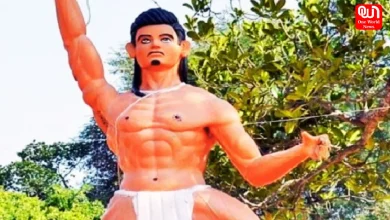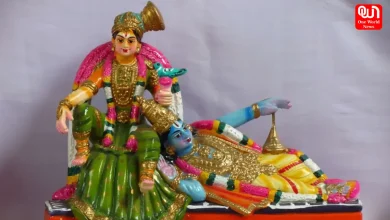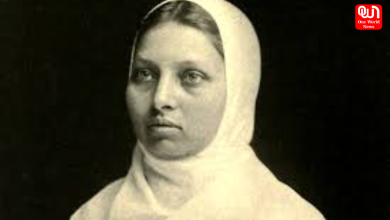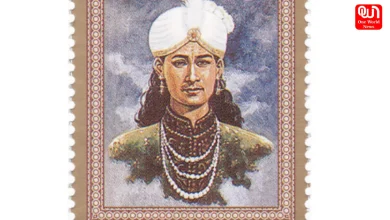
Buddha Trail In Pakistan
The Indira Gandhi National Centre for the Arts (IGNCA) held a presentation on the life of Buddha and its trail in Pakistan, recently. The speaker for the presentation was Dr. SunitaDwivedi.She is a freelance journalist in the Silk Road traveller. She has authored several books on Gautam Buddha including Buddhist Heritage Sites of India (2005), In Quest of the Buddha – A Journey on the Silk Road (2009). She has travelled across Asia to explore the Silk Road and Buddha’s trail on it.

Dharmarajika Stupa
She talked about the Stupa of Dharmarajika. She said that the Stupa of Dharmarajika is one of the earliest Buddhist monuments constructed in the 3rd century BC. The Great Ashoka, also known as Dharamraj, built the Stupa to enshrine the relics of Buddha. The Great Stupa is adorned with images of Buddha and his life.

The Gorakshanath Temple in Ghor Khatri Peshawar Pakistan
She then talked about Peshawar. She said that located at the Khyber pass, Peshawar has always been the gateway for India. It holds great significance with respect to the trail of Buddha. She then talked about the Kushan Capital and called it a hub of Buddhism. She said that it was the centre of ancient Gandhara and the hub of Mahayana Buddhism. She then showed pictures of Kanishka Stupa at Shahji ki Dheri which is located on the outskirts of Peshawar. Attached to the stupa, Kanishka also erected a Vihara, known as the Kanishka Vihara.

Kanishka Stupa at Shahji ki Dheri
After that she took Gor Kathri Complex as her subject. Gor Khatri complex is located in the Peshawar city and is believed to be the place where the ‘Giant Begging Bowl’ of the Buddha was kept. Gor Khatri has been identified, by some historians, as a Hindu pilgrimage. Till recently it was used by Hindus for the head shaving ritual. The complex also has a Shiva Temple.

bodhisattva head
She then talked about the Peshawar Museum and the artefacts that it has preserved. She said that the Peshawar Museum has a very rich collection of Buddhist antiquities. The artefacts include stone images of Buddha, stucco Buddha and Bodhisattva heads. She said that the sculpture on display mainly comes from Takht-i-Bahl, SahriBahlol, Jamal garhi, Charsadda and Peshawar City.

Giant Bowl of Buddha
Towards the end, she talked about the city of flowers Pushkalavati. Pushkalavati was once the capital of Gandhara. She said that Charsadda flourished due to the Trans-Asiatic commerce as the ancient trade route from Balkh passed through it. Archaeological excavations have shown that the city was alive from 6th century BC to 5th century AD.
Have a news story, an interesting write-up or simply a suggestion? Write to us at
info@oneworldnews.com







